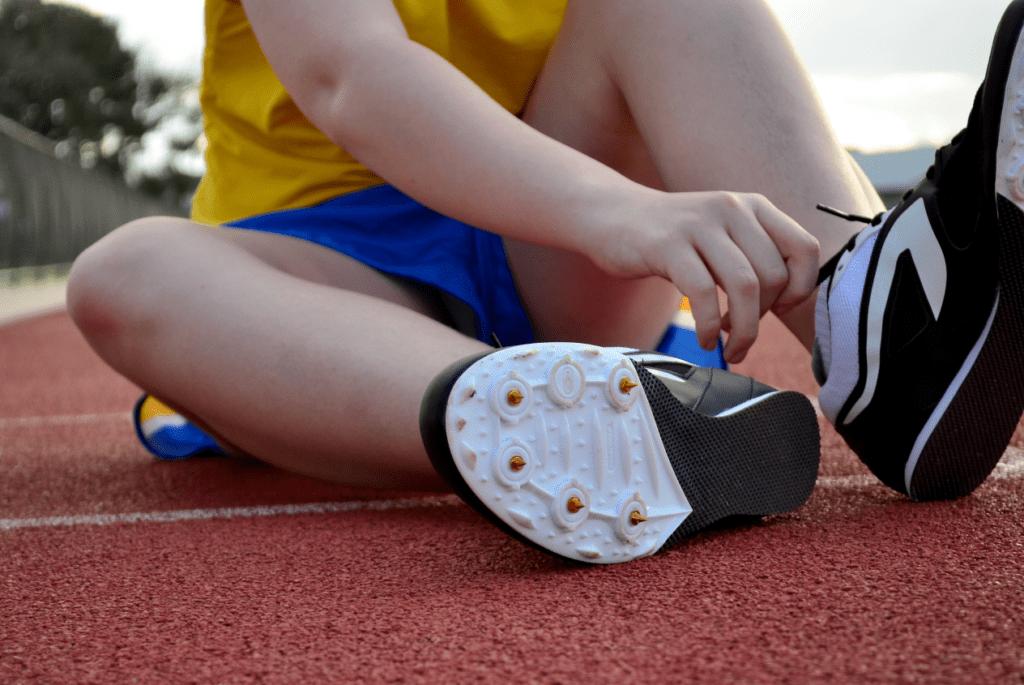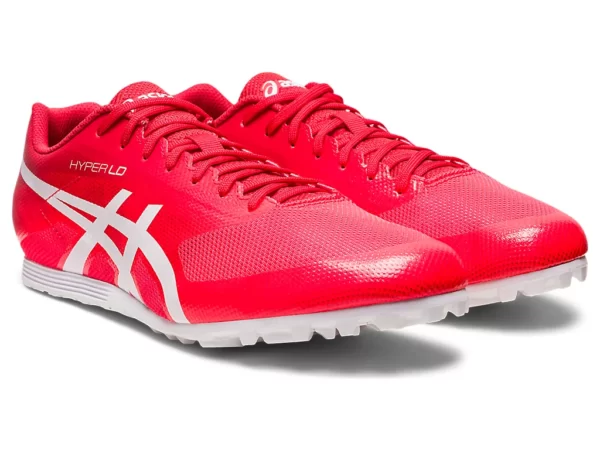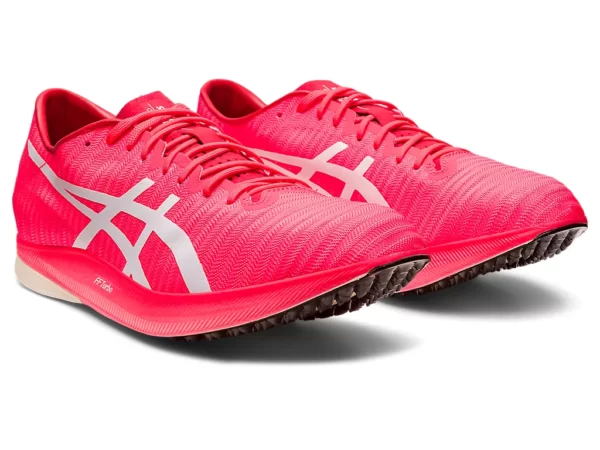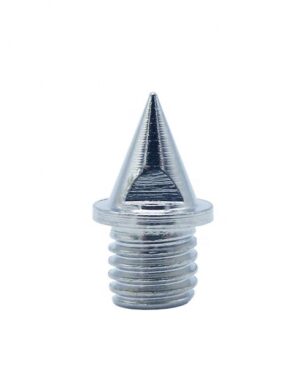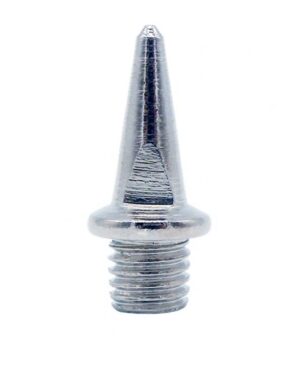Whether a child participating in athletics should wear spiked shoes is one of the most common questions we get asked. Here’s our comprehensive guide to the topic.
Spikes and kids is something that I first researched in great detail about a decade ago, when I was employed by Little Athletics Australia to conduct a strategic review. Part of my role was to develop standardised Competition Rules for Little Athletics, including at what age, and in which events, children can wear spiked shoes.
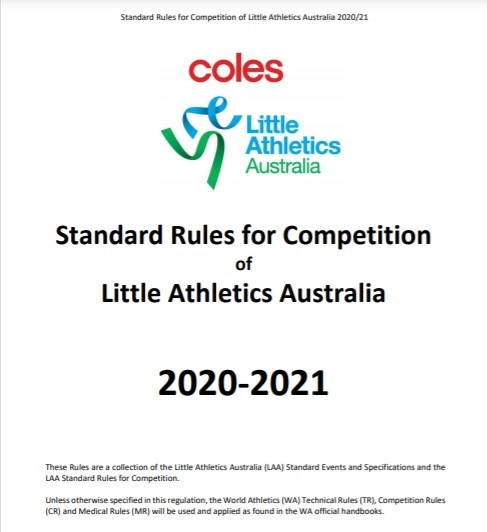
Those rules say that children can wear spikes in the following events:
- Under 10 and below: Cannot wear spikes in any event.
- Under 11 and Under 12: In track events run entirely in lanes and long jump, triple jump, high jump and javelin.
- Under 13 upwards: In all track events (except the walk – where they wouldn’t be of benefit in any case) and long jump, triple jump, high jump and javelin.
But that doesn’t at all answer the question of whether your child needs spikes, just if they can wear them. So here’s some further perspectives for you to consider:
Children
A child is not a miniature adult.
Children have different physiological, psychological and emotional needs and characteristics than adults.
Athletics as a skill and as a sport
Athletics is a set of skills – running, jumping, throwing – as well as a sport. Too often athletics – particularly Little Athletics – is too focused on competition, rather than on developing skills.
But considering the nature of athletics as a sporting activity, it is a late maturation sport i.e. unlike some sports, like gymnastics, peak performance levels in athletics don’t occur until an athlete is in their mid-20’s, or even older. For example, at the pinnacle of the sport (which less than 0.01% of participants will ever achieve), the average age of athletics competitors at the Tokyo 2020 Olympics was 26.
In all likelihood, if you are reading this article considering the needs of your child, they have 10 to 15 years or more in the sport before they would be achieving their full performance potential (which is for some a motivations to participate, alongside manner social, fitness and fun factors). Conversely, athletics is littered with the names of athletes who were record setters at a young age, who never continued in the sport as an adult due to pressure, injury or burnout.
Suffice to say, Family, Fun & Fitness can be a great introduction to lifelong participation but too often there’s unnecessary focus on Competition, Championships & Records.
Children should participate in a wide range of sports. If they are doing athletics, hopefully they have first been involved in a games based, skill development program, and/or have a great coach, before progressing to try a wide range of events, rather than specialising in just a few. A great first experience makes for a platform for lifelong activity. In recent years Athletics Australia has developed excellent Junior Sport Guidelines that provides some further information, or for a simpler, more dated-read, have a look at Little Athletics’ Development Policy (which I also wrote, at the same time as developing the standard competition rules).
Need
There’s a big different between a want and a need.
Really poor reasons to buy your child their first pair of spikes include:
- You want to see them win; and/or
- Other kids their age have spikes.
Some good reasons to consider buying your child a pair of spikes include:
- Your child is really enjoying athletics, and has started to train a few times a week under the guidance of an Athletics Australia qualified coach.
- They are starting to focus on achieving their personal bests across a range of events, as part of their enjoyment and motivation for the sport;
- Your child has good coordination and is starting to progress from a working model of athletics events, to technical models with their coach.
What do we mean by working model and technical model? We’ll use a simplified example of the long jump to illustrate the point.
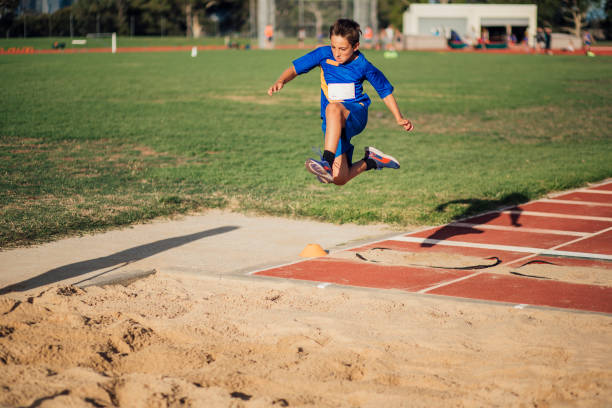
A working model of the long jump might involve the little athlete using a run-up with the number of steps equal to the athlete’s age, focusing on not looking down at the take-off area, and landing softly, with knees bent, so as to not fall backwards on landing.
In contrast, some of what would be involved in a technical model for long jump would be: a run-up that involves gradual acceleration to the board without any deceleration, a longer penultimate stride and shorter final stride to lower the centre of gravity before take-off, a ‘hang’ or ‘hitch kick’ technique in flight, and a landing technique to minimise loss of distance on impact with the sand.
Quite the difference! Spikes aren’t useful when learning a working model. They are useful when performing a technical model.
To be crystal clear, wearing spikes while using a working model for an event just isn’t required. Even if you take a purely performance centric viewpoint, far greater improvements in performance will come from enjoying the sport and progressing to training under a technical model with the guidance of a coach, than putting on new type of shoes.
Spikes, or not?
For good measure, we’ll reiterate our earlier comment, that children are not miniature adults.
So while adult athletes might wear event-specific spikes for sprints or jumps, or fancy carbon plated spikes, your child does not need these as their first pair of spikes.
In fact, it’s not just that they don’t need these… they should not wear them.
Sprint spikes, for example, are rigid and without a heel, placing lots of stress on the Achilles tendon, particularly one in a growing body.
If my child isn’t going to wear spikes, what type of shoes should they wear?
Most major shoe companies produce a ‘waffle’ athletics shoe that are perfect for younger athletes. These shoes have a good sole and heel on them, while having the grip required for sprinting and jumping. Both Asics and Nike’s models are excellent.
Asics Gel Firestorm
Give your little champions the edge they need with the Asics Gel Firestorm, the ultimate footwear designed to elevate their experience of Little Athletics. Crafted with meticulous attention to detail and engineered to meet the specific needs of young athletes, these shoes are more than just footwear – they’re a catalyst for success on the…

